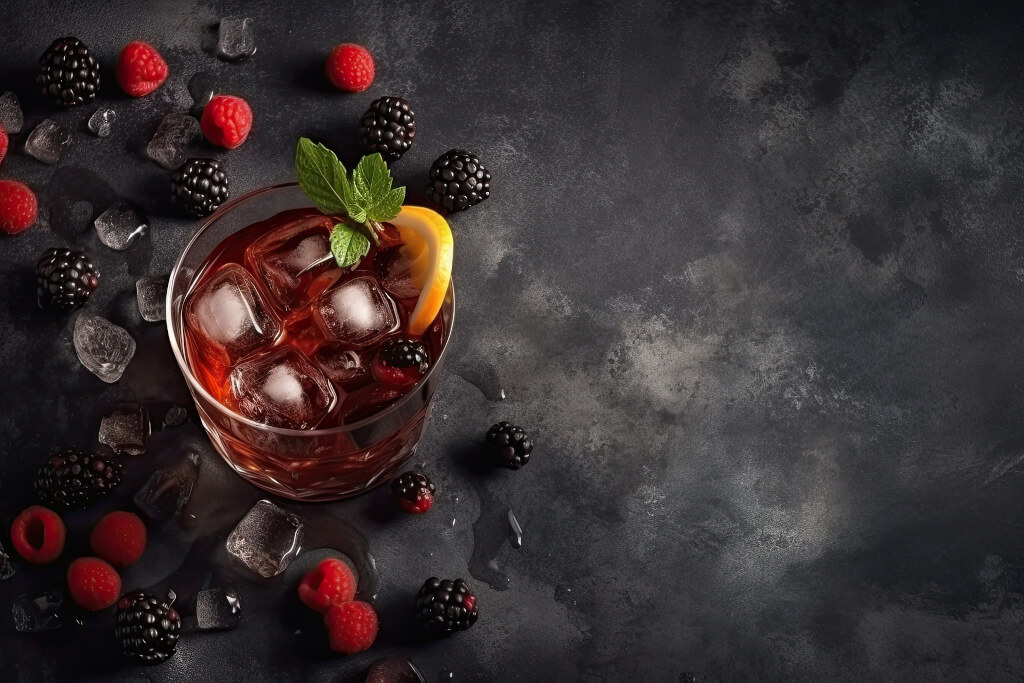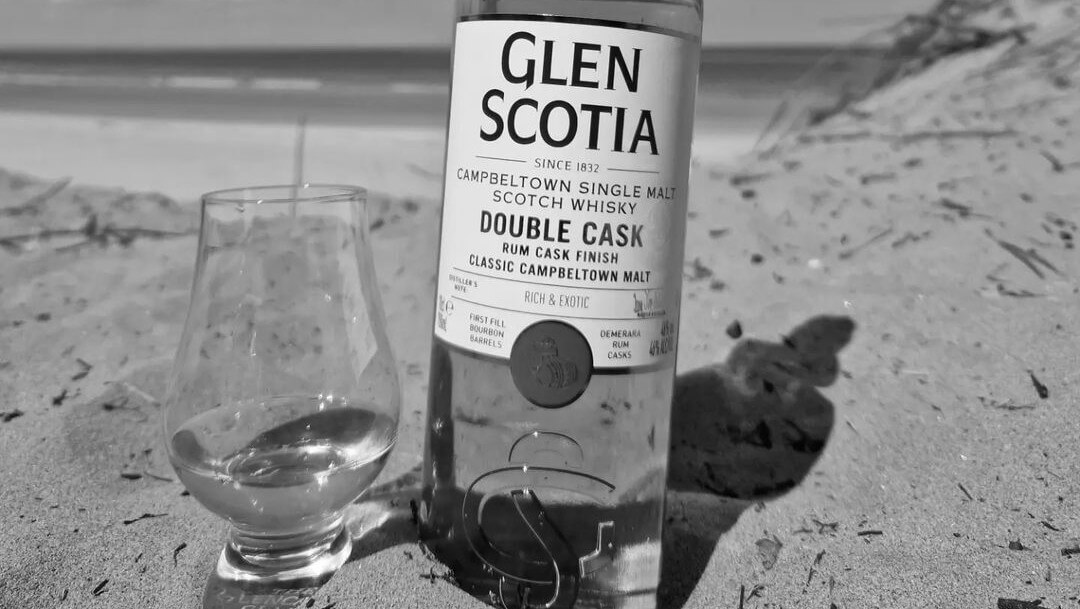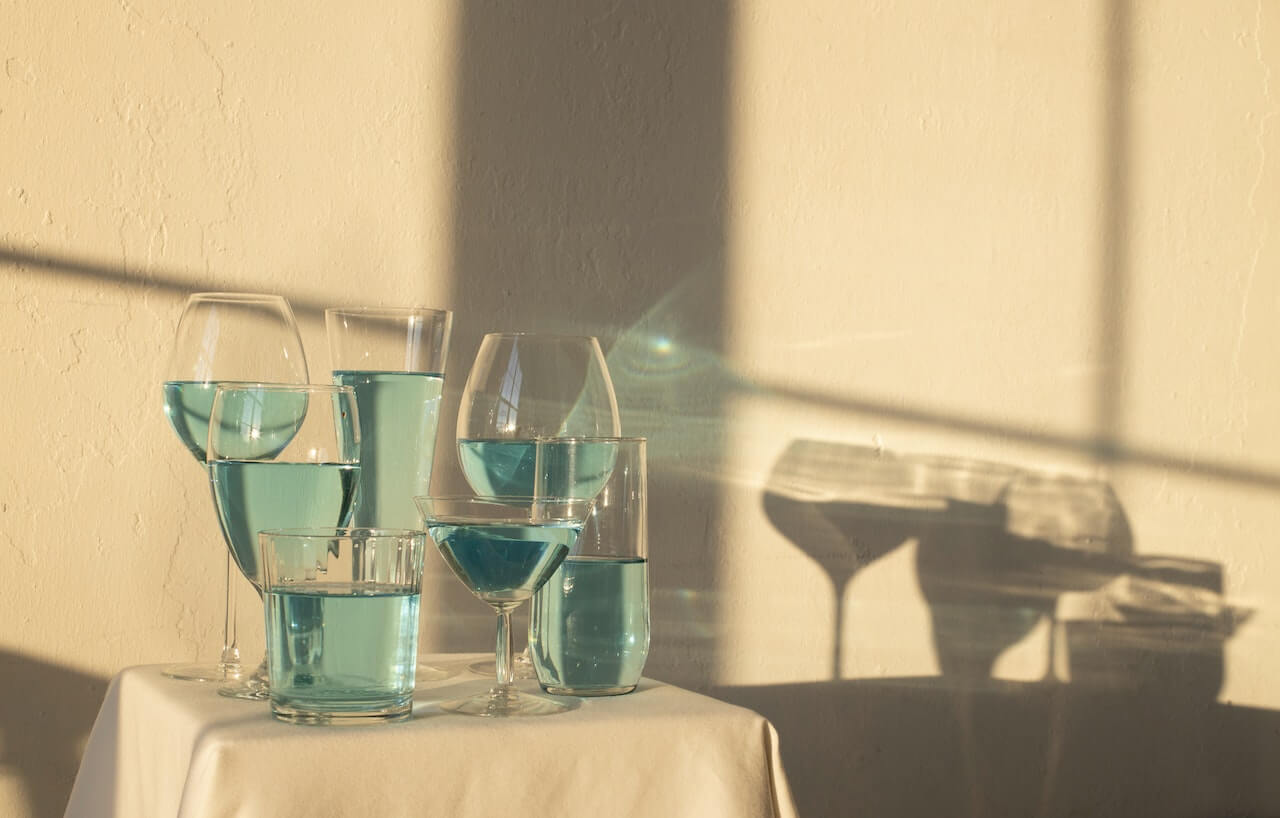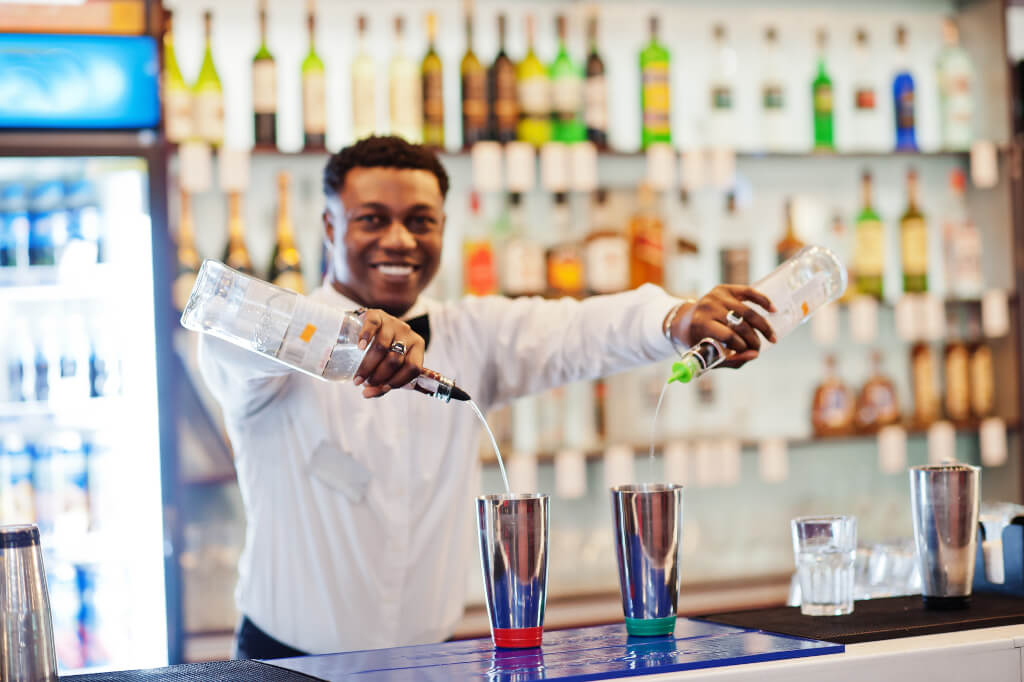Fruit liquors are a beloved part of the colourful fabric that is the international spirits market. Fruit liquors capture the essence of the fruits they are made from, from the sweet limoncello of Italy to the powerful Schnapps of Germany. The history of centuries-old traditions and the passion of its founders are often contained within the depths of these liquid snapshots of their countries of origin. Along the way, we’ll learn about the history of these intriguing liqueurs, sample a wide variety of them, and investigate how they’ve revolutionised cocktail culture and the culinary arts. Whether you’re a seasoned expert or just starting, the vibrant world of fruit liquors is full of new flavours to try and interesting tales to learn.
A History of Fruit Brandies and Other Spirits
Each variety of fruit spirits has its own fascinating story to tell, one that includes elements of invention, tradition, and cultural significance. The history of fruit liquors, which are essentially flavoured spirits made with fruit extracts, dates back centuries and spans numerous geographical and cultural contexts.
Evidence of the practise of fermenting fruits into alcoholic beverages may be traced back to the Neolithic era, demonstrating how deeply ingrained this practice is in the fabric of human culture. It wasn’t until the 8th century AD that distillation processes advanced enough to allow for the production of stronger, more flavoured spirits made from fermented fruits. The earliest applications of distillation were in the therapeutic realm. To create elixirs and medicines, monks and doctors of the Middle Ages distilled a wide range of botanicals, including fruits.
Cultural and geographical factors become clear as we investigate the history of individual fruit liquors. Fruit liquors, or “schnapps,” as they are collectively known, have a long history in countries like Germany and Austria, where they were originally made using locally sourced ingredients like apples, pears, and cherries. In contrast, the vibrant, lemon-infused liquor known as Limoncello was born in the sun-drenched regions of Southern Italy, where citrus trees grew in abundance.
Methods of Making Fruit Spirits According to Tradition
Fruit liquors are made in a variety of traditional ways, but they all revolve around the same basic idea: the fruit’s flavour is extracted and infused into the spirit. Fruit is fermented, then the liquid is distilled, and sometimes it is aged.
However, various fruit liquors have their traditions. For instance, ripe plums are fermented with their stones to impart a peculiar almond-like flavour to the liquor while making classic Slivovitz, a sort of plum brandy popular in Eastern Europe. The lemon peels used to make the Italian liqueur Limoncello are soaked in 100 percent alcohol to extract the oil, and then the liqueur is combined with sugar syrup.
Thus, capturing the fruit’s true character in the result requires a careful balancing act of tradition, technique, and time. Craftsmanship is on full display at every stage, from picking the right fruits at the right time to keeping a close eye on the fermenting and distillation processes. Craftsmanship like this is what gives fruit spirits their enticing flavours.
A Delightful Spectrum of Flavours
Each variety of fruit spirits offers a distinct flavour profile that is a product of the fruits utilised and the geographic origins of the producers. Let’s take a trip through the world of fruit liquors and learn about what makes each one unique.
Fruit Delights in Liquid Form
The name “schnapps” comes from the German verb “schnappen,” which means to snap or bite. Schnapps is a type of fruit liquor with a wide variety of distinct and flavorful varieties. The essence of various fruits is captured during the fermentation and distillation process used to create these beverages. Schnapps are typically made using fruits like apples, pears, cherries, and berries, which can impart a wide spectrum of flavours from crisp and sour to sweet and luscious. Both Germany and Austria have a long history of making Schnapps, with some of the most well-known producing regions being the Black Forest and the Tyrolean Alps.
Limoncello, the Cheerful Liqueur
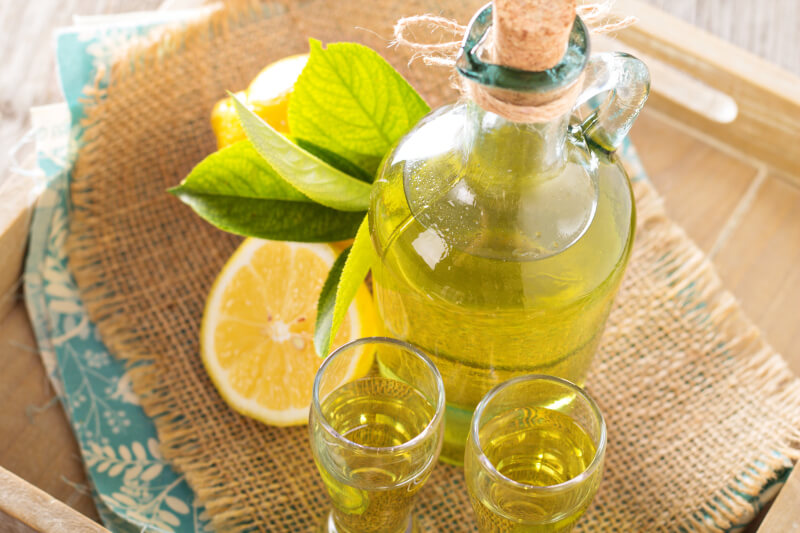
The Italian liqueur Limoncello captures the freshness and tanginess of lemons in a bottle. Limoncello is a liqueur that was created in Southern Italy, specifically the Amalfi Coast, by infusing lemon peels in vodka or grappa and then mixing the resulting alcoholic concentrate with a sugary syrup. A bright yellow liqueur with a zesty, lemony taste and a delightful, somewhat sweet aftertaste is the outcome. Limoncello is a popular aperitif and digestif that has come to symbolise Italy.
Eau de Vie (fruit brandy): A bottle of nature’s brilliance
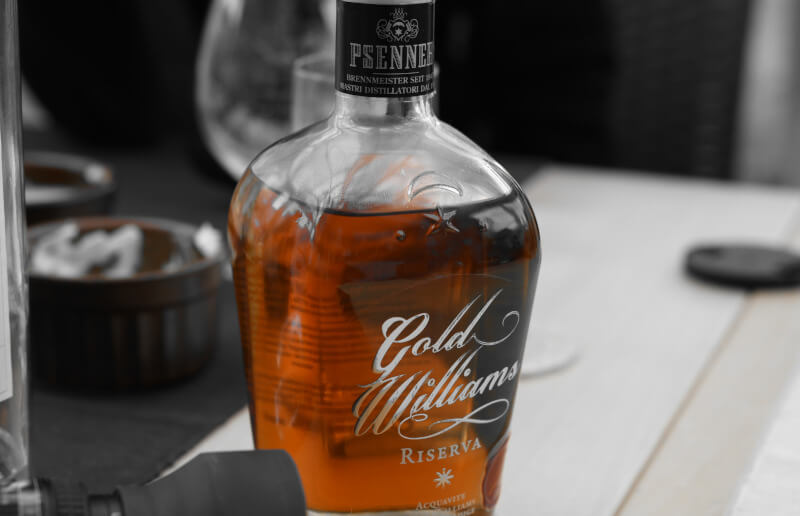
Fruit brandies, often known as Eau de Vie (the French term for “water of life”), are distilled from fruits and have the unadulterated flavour of the original fruit. Fruit brandies, which highlight the subtle flavours and fragrances of fruits including apples, pears, plums, and cherries, are widely produced in France, Switzerland, and other European countries. Eau de Vie is a type of fruit liquor that is typically made by distilling fermented fruit mash without adding any additional sugars. Fruit brandies, each with its distinct flavour profile, are a delicious way to experience the essence of nature’s gifts.
As we learn more about the world of fruit liquors, it’s amazing to see how different parts of the world celebrate the fruits that are emblematic of their unique landscapes:
- Large quantities of apples, pears, cherries, and berries are grown in Germany and Austria, where they are used to make Schnapps.
- Limoncello, an invigorating lemon liqueur, is a specialty of the Amalfi Coast in southern Italy, where lemon trees abound.
- Calvados and Poire Williams, both from France, are primarily made from apples and pears, whereas Mirabelle and Kirsch, both from Switzerland, are primarily made from plums and cherries.
- These fruit liquors celebrate the fruits that grow best in their various areas, giving drinkers a delicious taste of regional customs and the special characteristics of the featured fruits.
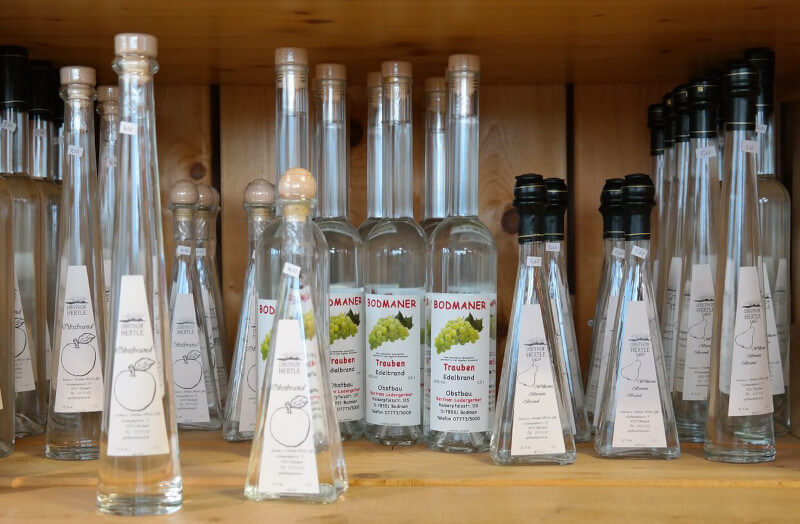
Fresh fruits go through a well-organised series of procedures to become delicious fruit liquors on their trip from the orchard to the bottle. The ultimate taste of the liquor is determined by many factors, from the type of fruit used in the fermentation process to the temperature and length of time it is aged in barrels.
Choosing the Best Fruits to Enjoy Nature’s Gifts
The first step in making fruit spirits is picking out the perfect fruits. The richness and complexity of the distilled spirit are directly proportional to the fruit’s quality and maturity level. Products made from multiple fruit kinds, each with its own distinct flavour character, can appeal to a wide spectrum of consumers. The overall flavour of spirits, for example, can be affected by whether or not it is made with, say, sour apples or sweet pears.
The Secret of Fermentation
Fruits are fermented to turn the sugars present in them into alcohol after being hand-picked. The fermentation process begins after yeast is added to the fruit pulp or juice. Fermentation times change based on the variety of fruit, the flavours sought after, and local customs. The yeast consumes the sugars and produces alcohol during fermentation, which can last anywhere from a few days to a few weeks, resulting in a fruit foundation with improved flavours and fragrances.
Distillation
After the fermentation process is complete, the fruit base is distilled to remove the alcohol. Distillation is the process of converting a liquid into an alcoholic spirit by heating it, collecting the alcohol vapour as it rises, and then cooling it back down to a liquid. This method is used to increase the spirit’s proof and concentrate its flavours. The unique flavour of a distilled beverage can be attributed to the variety of distillation techniques used, such as pot stills, column stills, or a hybrid of the two.
Ageing
Certain fruit liquors require a lengthy ageing process, during which the alcohol is kept in barrels or containers. By interacting with the wood, the booze is given more depth, complexity, and individual flavours as it ages. Woods like oak and cherry can impart quite different flavours into the spirit. Longer ageing times yield smoother, more refined spirits, but they also alter the flavour profile.
Fruits, Fermentation, and Ageing All Have an Impact on Flavour
Because different fruits have different levels of sweetness, acidity, and other complex flavours, the choice of fruits affects the liquor’s foundation flavour. Some fruits, like cherries, can add deep, dark fruit flavours, while others, like citrus, can provide a bright, zesty taste.
Flavour development is affected by factors such as fermentation temperature, yeast choice, and fermentation time. Fermentation at lower temperatures for longer periods may result in more complex and strong notes while preserving the more delicate fruit flavours.
The liquor’s flavour improves with age, especially if it’s stored in wooden barrels. Vanilla, spice, and even smokiness can be imparted to a product by adjusting the wood’s type, previous use, and ageing time.
Distillers may create fruit liquors with a wide range of flavour profiles by carefully considering fruit selection, fermentation techniques, and ageing processes, giving fans a thrilling spectrum of taste experiences.
Fruit Liqueurs Are a Gastronomic Delight to Serve and Drink
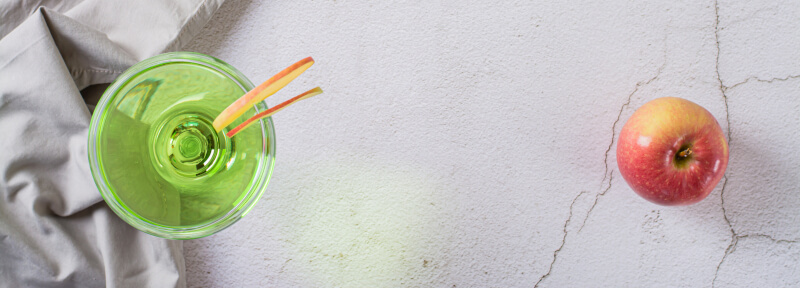
The unique flavours and fragrances of fruit liquors can be fully appreciated with the right serving and savouring techniques. Here are a few pointers to help you appreciate these drinks even more.
Adjusting the Ambient Temperature and Choosing Appropriate Glassware
Fruit liquors’ unique flavours shine when served at just the right temperature. Typically, they taste best when served at a temperature of 10 to 14 °C (50 to 57 °F), which allows the flavours to develop while still being refreshing. However, citrus-forward fruit liquors like Limoncello may be best served chilled to bring out their full zesty flavour.
Using the appropriate glasses is crucial for maximising fragrance transfer and enjoying a superior tasting experience. The scents are better concentrated in a tulip-shaped or stemmed glass, and the whisky is kept from getting too heated while you hold it. The smaller aperture of these glasses focuses aromas on your nose for a more intense experience.
Food Liquor and Food Pairing
Fruit liquors are sometimes underappreciated but may be used in a wide variety of recipes and beverages to provide flavour and depth. Some instances are as follows:
- Many well-known cocktails start with fruit liquors. The Bellini is made with sparkling wine and either peach puree or peach liqueur, whereas the Singapore Sling is made with cherry liqueur and gin. Use your imagination to concoct one-of-a-kind drinks.
- Fruit liquors are a great way to add a special touch to desserts and savoury meals alike. Add them to fruit-based desserts like chocolate mousse with a splash of cherry liqueur or poached pears with a drizzle of pear brandy. Marinades for meats glaze for roasted vegetables, and sauces infused with lovely fruity undertones are all possible when employing fruit liquors in savoury meals.
Different Fruit Liquors
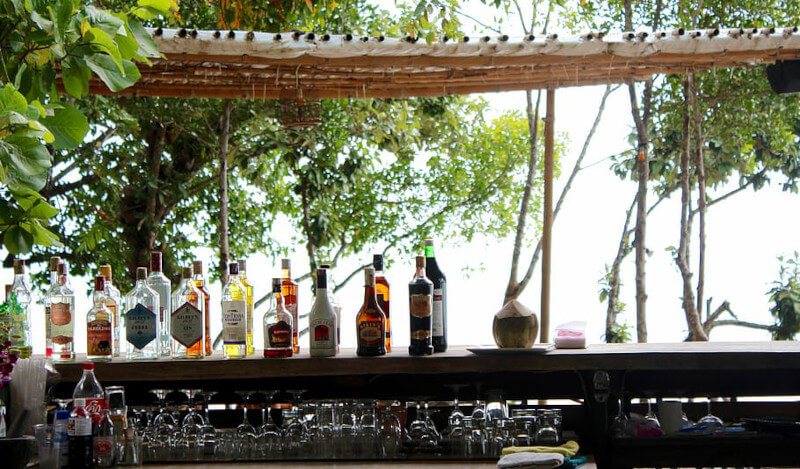
Heering, Cherry Cherry Heering, a liqueur with a rich and nuanced flavour profile, originates in Denmark. Produced using only the highest quality cherries, it has a robust cherry flavour with subtle overtones of almonds and spices. The Singapore Sling and the Blood and Sand, two of the world’s most well-known drinks, both feature Cherry Heering.
Calvados is an outstanding apple brandy that has its roots in Normandy, France. As a result of its time in oak barrels, this spirit is full-bodied and fruity, with notes of vanilla and spices. Calvados can be consumed on their own as a digestif, or they can serve as a foundation for other cocktails, such as the time-honored Apple Martini.
Kirsch is a clear cherry brandy manufactured from fermented cherries, and it is mostly produced in Germany and Switzerland. It smells and tastes strongly like cherries and has a little sweet and tangy character. Kirsch is commonly eaten neat or as a dessert addition, and it is also a popular element in cocktails like the Black Forest Martini.
Craftsmanship and tradition shine through in each of these remarkable fruit liquors, which are true to their namesake fruits and geographic origins. Inviting you to explore and enjoy the unique concoctions generated from fruit and time-honored processes, their flavour profiles provide a tantalising insight into the world of fruit liquors.
It’s a Subculture
Fruit liquors are an intriguing subculture where the bounty of nature is refined into intoxicating libations. Spirits connoisseurs and foodies alike will find fruit liquors to be a fun and fascinating investigation, thanks to their multiethnic and multigenerational roots, their wide variety of flavours, and their adherence to local traditions. We may better appreciate the creativity and expertise that goes into each bottle of fruit spirits if we learn about and practise proper methods of manufacture, consumption, and appreciation.

